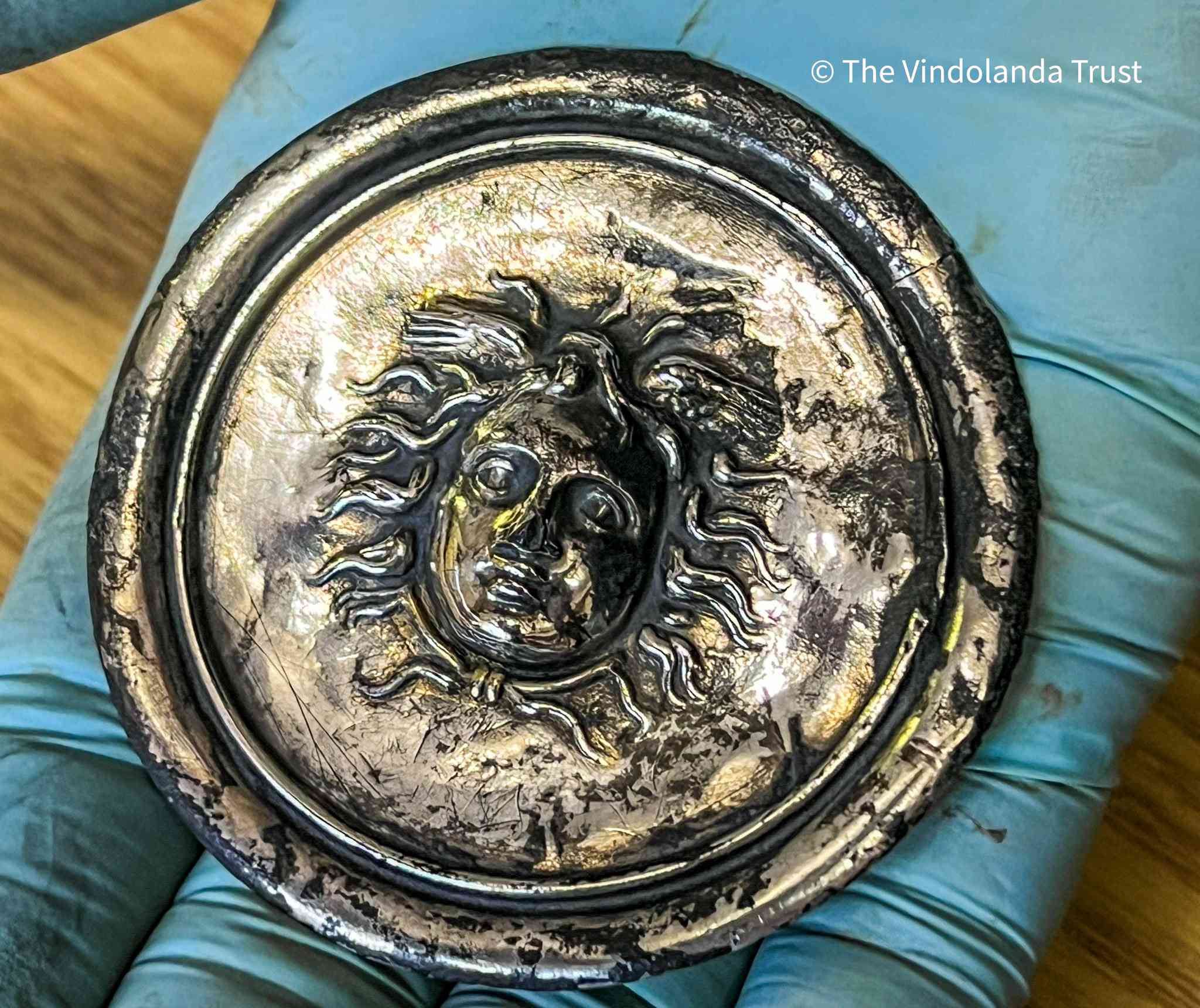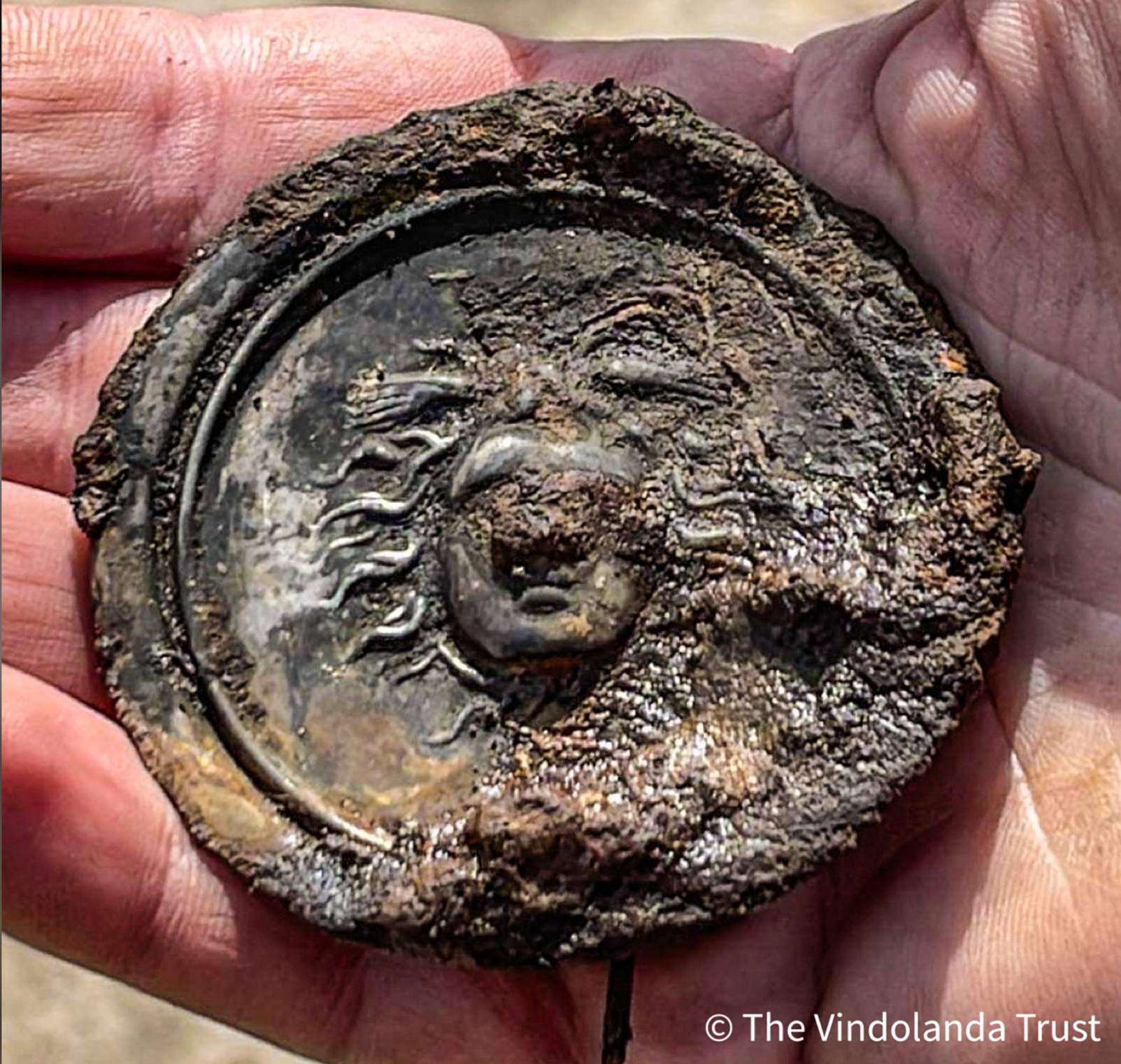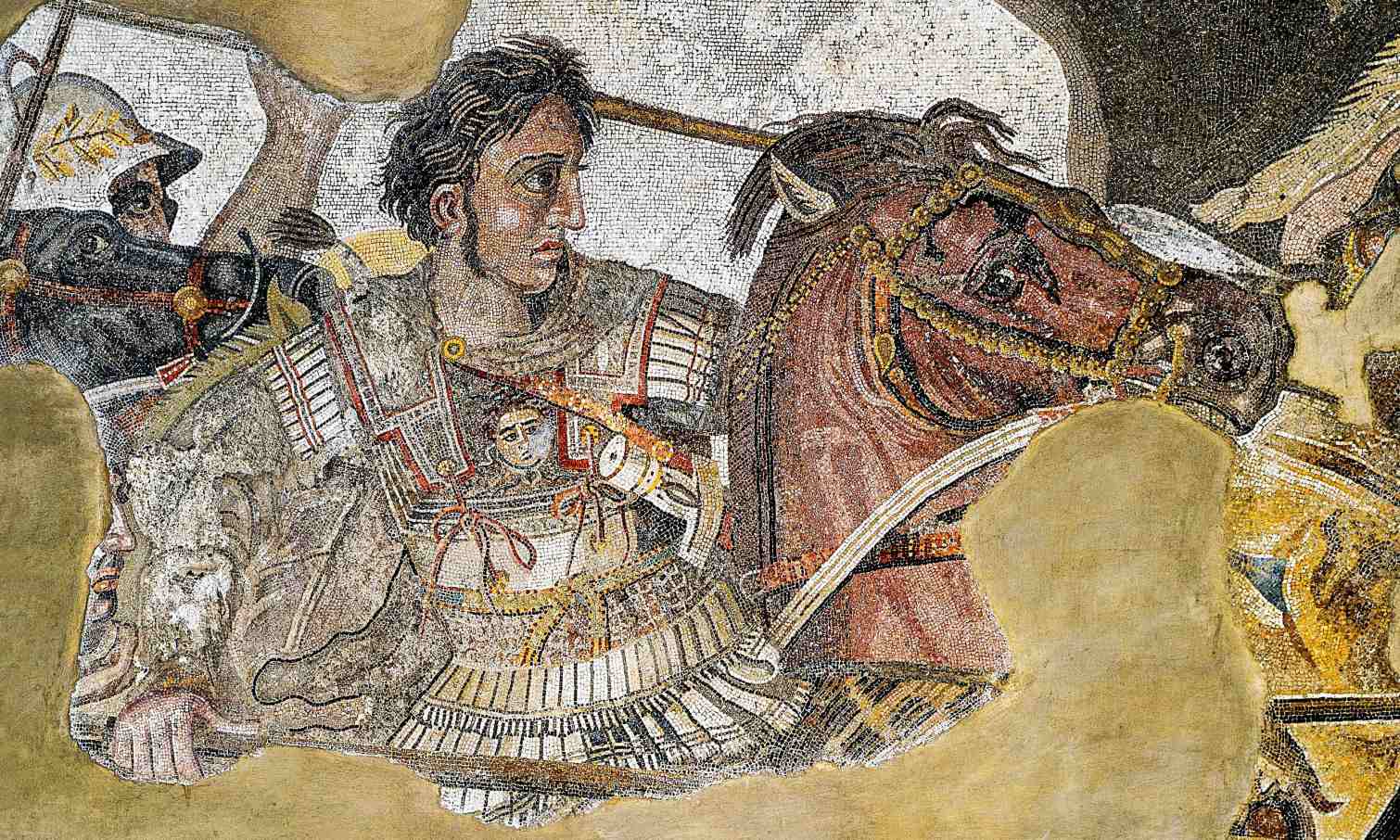A nearly 1,800-year-old silver military medal featuring the snake-covered head of Medusa has been unearthed in what was once the northern edge of the Roman Empire.

Excavators discovered the winged gorgon on June 6, 2023, at the English archaeological site of Vindolanda, a Roman auxiliary fort that was built in the late first century, a few decades before Hadrian’s Wall was constructed in 122 AD to defend the empire against the Picts and the Scots.
The “special find” is a “silver phalera (military decoration) depicting the head of Medusa,” according to a Facebook post from The Vindolanda Trust, the organization leading the excavations. The phalera was uncovered from a barrack floor, dating to the Hadrianic period of occupation.

Medusa – who is known for having snakes for hair and the ability to turn people into stone with a mere glance – is mentioned across numerous revered Greek legends. In the most famous story, the Greek hero Perseus beheads Medusa as she sleeps, pulling off the feat by using Athena’s polished shield to indirectly look at the mortal gorgon so that he wouldn’t be petrified.
Medusa, also known as Gorgo in Greek mythology, was one of the three monstrous Gorgons, who were generally described as winged human females with living venomous snakes in place of hair.
The head of Medusa also functions as a kind of apotropaic symbol, meaning her likeness was thought to repel evil. Medusa’s serpent-surrounded head is also seen on Roman-era tombs, mosaics in posh villas, and battle armor. For instance, in the famous first-century mosaic of Alexander the Great from Pompeii, Alexander is depicted with the face of Medusa on his breastplate.

Medusa is also featured on other Roman-era phalerae, but the details vary. For instance, the Vindolanda Medusa has wings on her head. Sometimes we see her with wings, sometimes without. It probably indicates she has the ability to fly, sort of like (the Roman god) Mercury has little wings on his helmet.
Volunteer archaeologists have also found during this season’s excavations, a spearhead, a copper alloy spoon, a stamped mortarium rim, Samian pottery, a melon bead, an enameled bow brooch, a copper alloy scabbard chape (the protective fitting at the bottom of a scabbard or sheath for a dagger), and a well preserved wooden bath clog.
The silver artifact is now undergoing conservation at the Vindolanda lab. It will form part of the 2024 exhibition of finds from the site.
We are having a really good week!
This is a silver phalera (military decoration) depicting the head of Medusa,uncovered from a barrack floor, dating to the Hadrianic period of occupation. #Vindolanda pic.twitter.com/b0Gs3MiixF
— Vindolanda Trust (@VindolandaTrust) June 8, 2023



